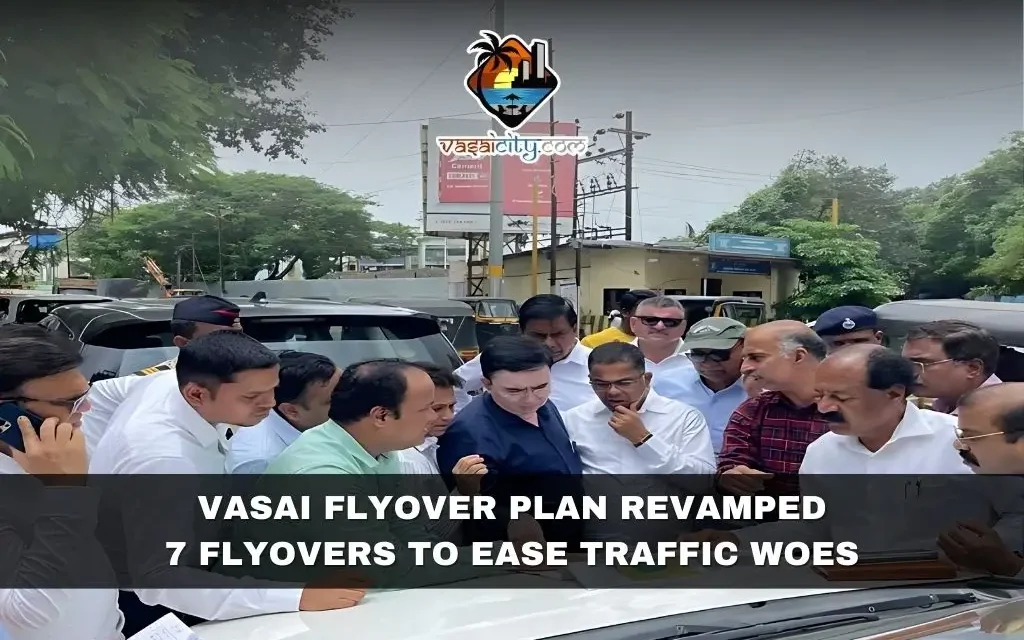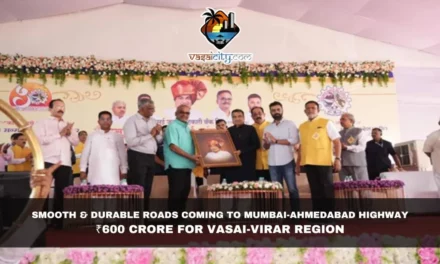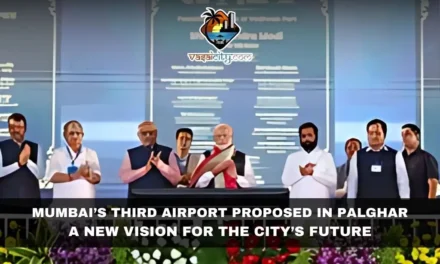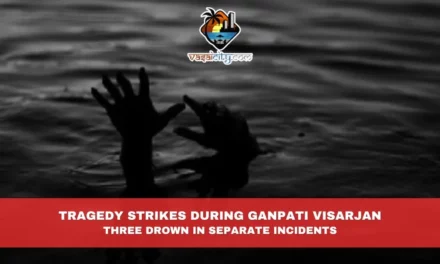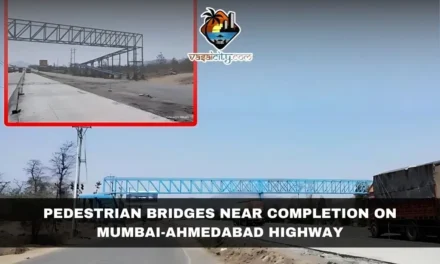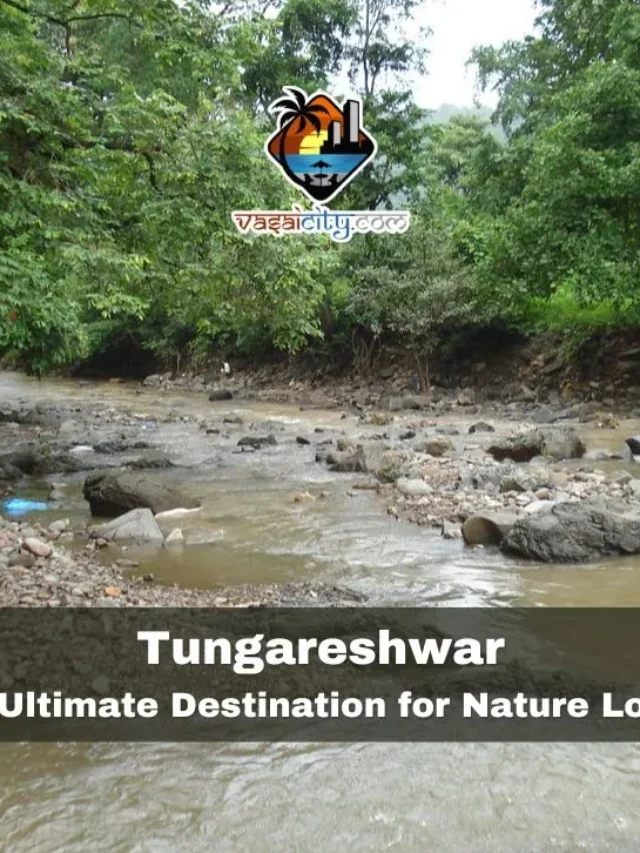Vasai, a bustling city in Maharashtra, is undergoing a significant transformation to address its growing traffic congestion. Initially, there were plans to build 12 flyovers to ease the flow of traffic within the city. However, after a detailed survey and assessment, the design has been revised. The new plan now includes only 7 flyovers, with some of the previously planned structures being connected or converted into railway overpasses.
Why the Change?
Vasai and its neighboring areas, like Virar, have seen a rapid increase in population and vehicle numbers in recent years. The existing roads, which are often narrow, struggle to accommodate the rising traffic, leading to frequent congestion. To tackle this problem, authorities had proposed the construction of 12 flyovers in 2014-15. The estimated cost at that time was around ₹250 crore.
Recently, the Mumbai Metropolitan Region Development Authority (MMRDA) approved a larger project under which roads and flyovers in Vasai and Virar were given a green light. This project, with a budget of ₹2,032 crore, was aimed at improving the city’s infrastructure. As part of this, MMRDA officials conducted a survey to review the existing flyover plans. It was during this review that the decision was made to revise the original design from 12 flyovers to 7, ensuring a more efficient and streamlined traffic flow.
A Closer Look at the Revised Plan
Under the new plan, three pairs of flyovers will be connected to create a seamless route for vehicles, making travel through the city smoother and more efficient. This means that instead of having two separate flyovers on the same road, they will be merged into a single extended structure.
1. Connecting Flyovers:
- Manikpur Naka to Bhabola Naka (Vasai): These two flyovers, originally planned as separate structures, will now be combined into one. This connection will help reduce the bottlenecks that occur when vehicles have to switch from one flyover to another within a short distance.
- Manvelpada to Phoolpada (Virar): Similar to the Vasai flyovers, these two will be connected, providing a direct route for vehicles traveling between these busy areas in Virar.
- Science Garden to Kharodi Naka (Virar): These flyovers will also be merged to facilitate uninterrupted travel between these two points in Virar.
2. Independent Flyovers: Despite the reduction in the overall number of flyovers, some will remain independent due to their strategic importance in the city’s traffic management. These include:
- Vasant Nagari (Vasai): A key location in Vasai, this flyover will remain as planned to handle the heavy traffic in the area.
- Naringi Sainath Nagar (Virar): Serving an important part of Virar, this flyover will help manage the growing traffic efficiently.
- Range Office Gokhivare (Vasai): Another crucial location, this flyover is essential for reducing congestion near the Range Office.
- Chandan Naka (Nalasopara): Located in Nalasopara, this flyover will also be independent to cater to the heavy traffic in this area.
3. Railway Overpasses: Two of the originally planned flyovers will now be converted into railway overpasses. These are:
- Patankar Park and Lakshmi Shopping Centre Naka (Nalasopara): Given their proximity to railway lines, these flyovers will be restructured as railway overpasses. This change is expected to enhance the connectivity between road and rail traffic, making it easier for commuters to switch between modes of transport.
Impact on the City
The decision to reduce the number of flyovers from 12 to 7 and to merge or convert some of them has been made with the intention of making the traffic system in Vasai-Virar more efficient. By connecting flyovers, the authorities aim to reduce the need for vehicles to stop and switch roads frequently, thereby decreasing travel time and congestion. The new design also considers the long-term development of the city, ensuring that the infrastructure can handle the expected increase in traffic in the coming years.
Challenges Ahead
While the new plan is promising, it does come with challenges. The reduction in the number of flyovers might seem like a setback to some residents who were expecting more extensive infrastructure improvements. However, the authorities believe that the connected flyovers will compensate for this by providing a more efficient and streamlined traffic flow.
Moreover, converting the flyovers at Patankar Park and Lakshmi Shopping Centre into railway overpasses might require additional coordination with railway authorities, potentially leading to delays in the project’s completion. The new design might also result in an increase in the estimated costs, as the connected flyovers could require more materials and engineering work than originally planned.
Conclusion
The city of Vasai is on the verge of a significant transformation. The revised flyover plan is a reflection of the authorities’ commitment to improving the city’s infrastructure while adapting to the changing needs of its growing population. While the reduction in the number of flyovers may initially seem like a compromise, the new plan promises a more efficient and streamlined traffic system that will benefit residents in the long run. The connected flyovers and railway overpasses are expected to make travel within the city faster and more convenient, ultimately contributing to the city’s continued growth and development.
In the coming months, as construction begins, residents will get a clearer picture of how these changes will impact their daily commutes. Until then, the revised plan represents a thoughtful and strategic approach to urban development in Vasai-Virar, one that prioritizes long-term benefits over short-term gains.

